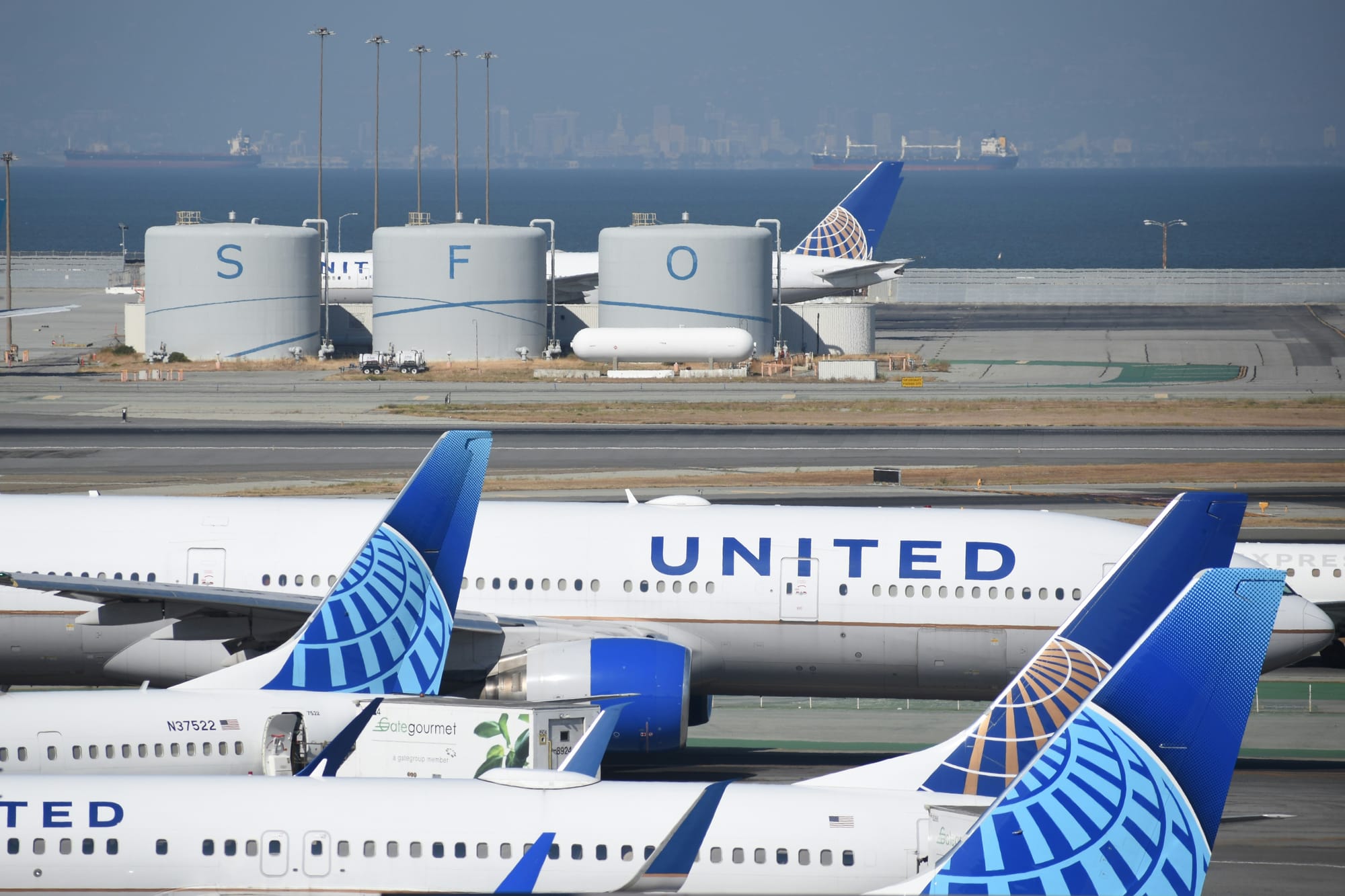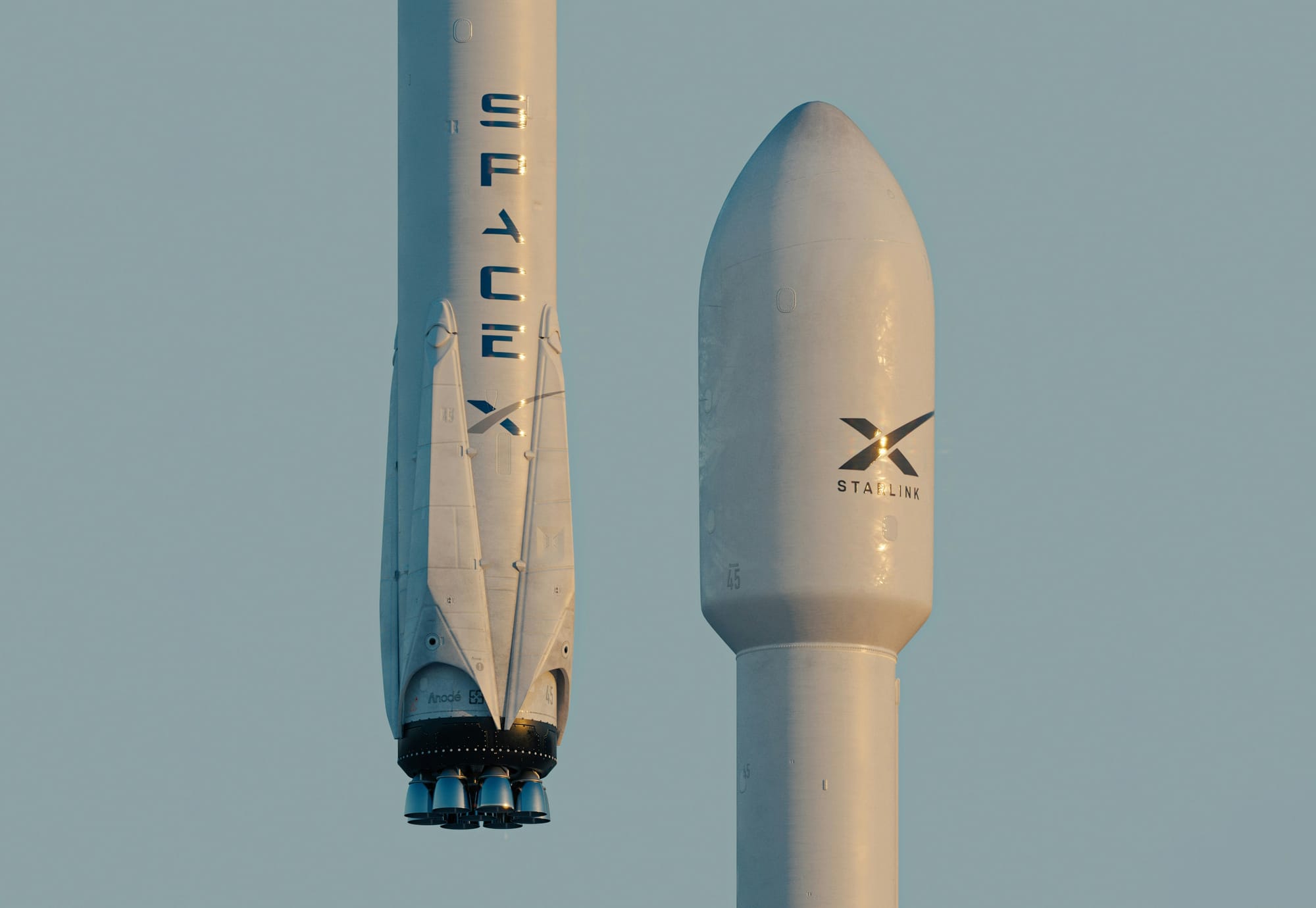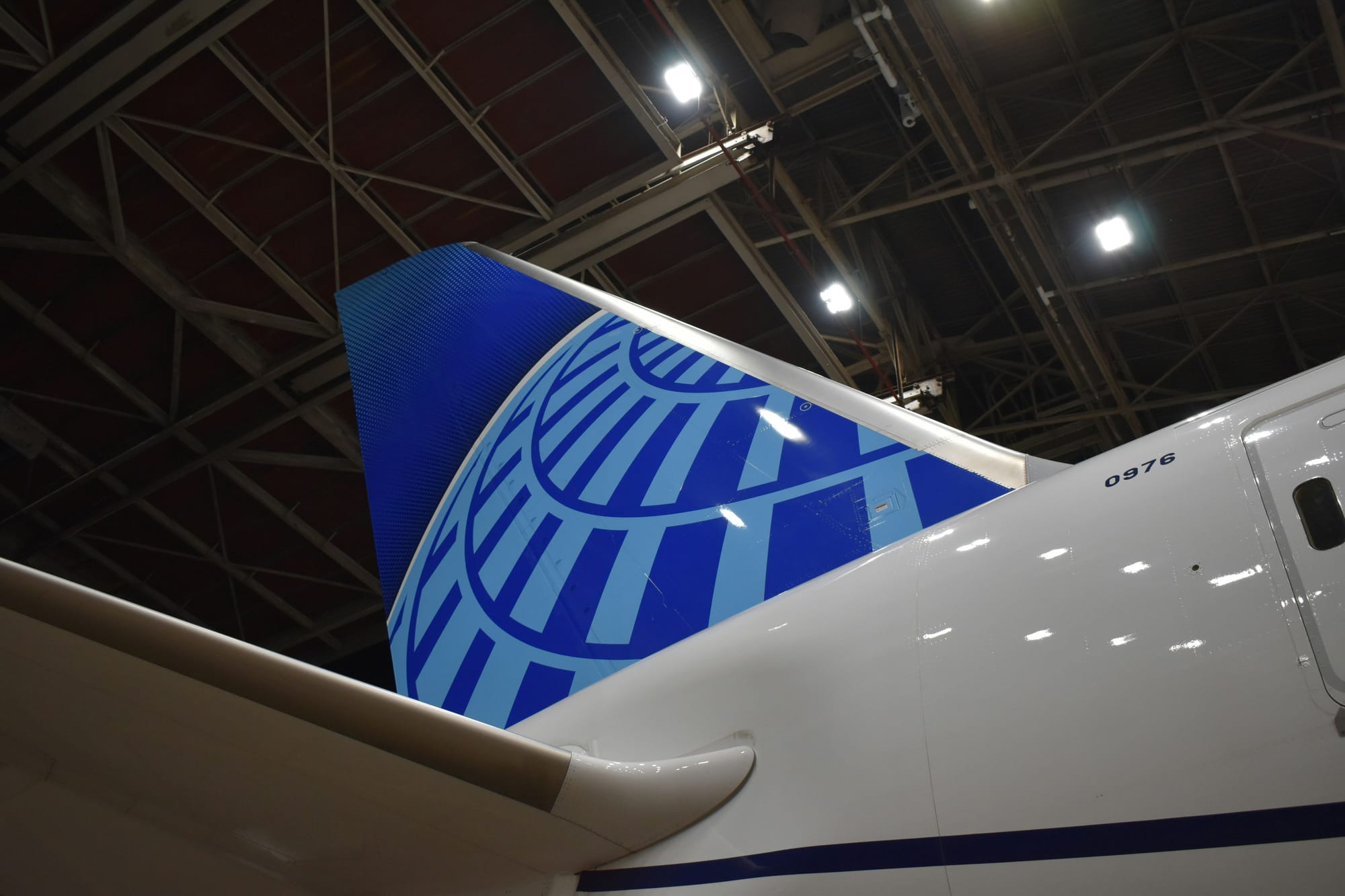United Adds Free Starlink Wi-Fi: A New Era in In-Flight Connectivity?

In an exciting move for frequent flyers, United Airlines has announced a partnership with SpaceX to equip its fleet with Starlink satellite internet, offering free high-speed Wi-Fi to all passengers. Starlink, which utilizes a network of low-Earth orbit (LEO) satellites, promises a significant upgrade over traditional in-flight internet services.
For passengers who have grown frustrated with the sluggish and unreliable Wi-Fi often found on United planes, this shift could be a game-changer.
The Potential of Starlink Wi-Fi: A Major Leap

United’s current in-flight Wi-Fi, which relies on ground-based towers or geostationary satellites, has often fallen short of expectations. Frequent disconnections, slow speeds, and patchy service have plagued passengers who simply want to check their emails or work during their flight. Starlink’s introduction, however, promises to transform this experience. The satellites that power Starlink can offer much faster internet speeds with lower latency, allowing for a more seamless browsing experience.
One of the most compelling advantages of Starlink is its ability to maintain connectivity over remote or oceanic areas, where traditional systems often falter. For United’s long-haul international flights, this could prove to be an incredible advantage. Passengers on transatlantic or transpacific routes would no longer have to endure periods without service, which has been a major pain point on such flights.
Additionally, the decision to make this service free for all passengers further sets United apart from many other airlines. While most carriers charge for premium access to Wi-Fi, United’s decision aligns with a growing trend in the aviation industry to improve the overall passenger experience. A high-speed, reliable connection at no cost would make United a more attractive option for business and leisure travelers alike.
Hesitation: The Challenges and Uncertainties of Starlink

While the advantages of Starlink are exciting, there are reasons to temper expectations as United rolls out this service across its fleet. First, there’s the question of how well Starlink will perform under the unique demands of commercial aviation. Airplanes carry hundreds of passengers, many of whom will simultaneously be trying to access the Wi-Fi. Starlink is still relatively new, and we have yet to see how well it scales in these high-demand environments.
Bandwidth limitations are a genuine concern. While Starlink’s speeds are impressive on the ground, the strain of hundreds of connected devices on a single flight could result in slowdowns or performance issues, particularly during peak usage. Passengers accustomed to streaming or video conferencing may find that while Starlink is better than United's current Wi-Fi, it still may not live up to the hype.
Another area of uncertainty is reliability. Starlink’s constellation of satellites is constantly growing, and while this bodes well for coverage and redundancy, it also means that the system is still in development.
Final Thoughts

United's decision to partner with Starlink for in-flight Wi-Fi is an exciting development that holds great promise. The potential for faster speeds, lower latency, and uninterrupted service over remote areas could vastly improve the passenger experience, particularly on long-haul flights. The fact that this service will be free for all passengers only adds to the appeal.
However, there are legitimate reasons to be cautious. Starlink is still a relatively new technology, and its performance in high-demand, high-altitude environments like commercial airplanes remains to be fully proven. The challenge of scaling this technology to meet the demands of hundreds of passengers per flight may result in some growing pains. Additionally, factors like weather disruptions and the long-term cost of maintaining this infrastructure could present issues.
In the end, United’s move to Starlink Wi-Fi represents a step forward in aviation technology, but it’s important to remember that no solution is without its challenges. If the system works as intended, it could mark a new era of in-flight connectivity. However, until we see it in action on a large scale, a degree of skepticism remains warranted. Passengers should be hopeful but prepared for some hiccups along the way.





